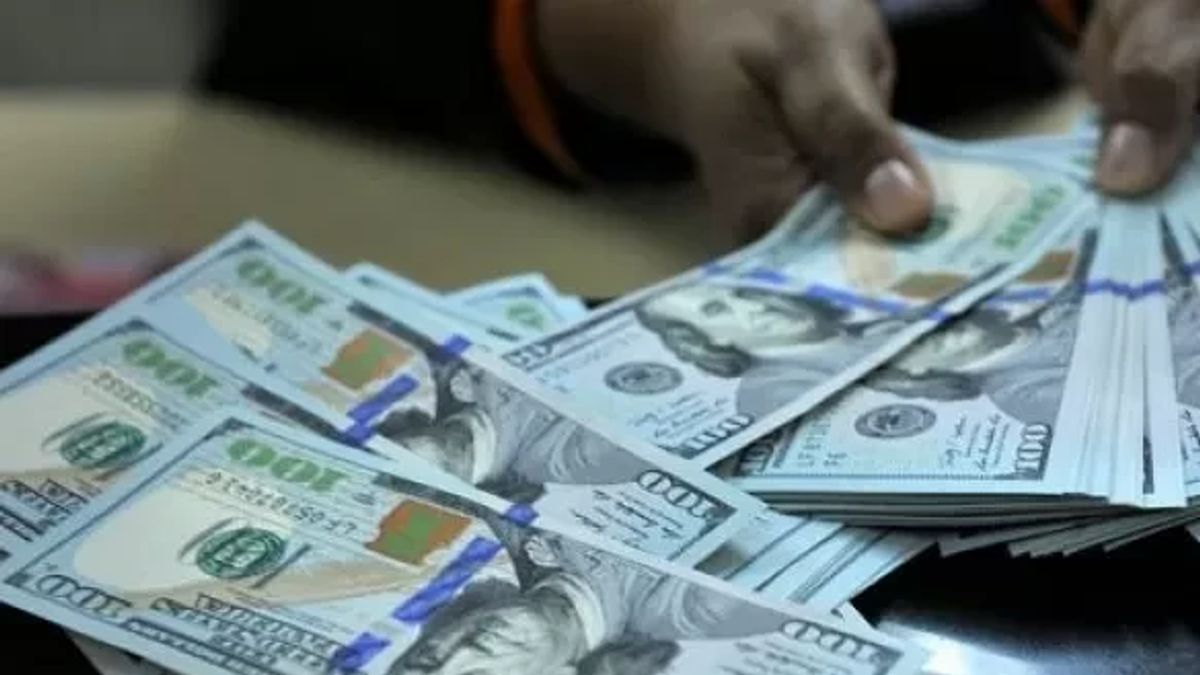JAKARTA - The collapse of a major US bank, namely Silicon Valley Bank (SVB) has destabilized confidence in United States (US) banking. This is due to growing concerns over bank deposits.
The destruction of a densely populated SVB with technological deposition has left people much more concerned about their bank deposits, and any rumors will be followed up. sooner.
"I think it's a big risk," Charles Read, an economist and history expert at the University of Cambridge citing Antara.
Read said that since the 2008 global financial crisis, people no longer believe in the banking sector, so that massive bank withdrawals will occur more quickly.
"Technology also makes it easier to take money from banks online, and people will do it whenever they are worried," explains Read.
The SVB closed by US regulators on Friday, March 10 after the lender reported heavy losses from securities sales, triggering the escape of bank deposits. It was the second-largest bank failure in US history, and was soon followed by the closure of Signature Bank, a cryptocurrency sector lender on Sunday, March 12.
Read said that the underlying reason for the fall of the SVB was an increase in interest rates. The US Federal Reserve has raised interest rates aggressively in the past year, in a bid to curb rampant inflation.
"The increase in interest rates has put significant pressure on the global financial system," Read said.
"Banking can be difficult when interest rates rise," he explained. "If interest rates rise, it will be more expensive for them to withdraw savings... It also weakens the credit eligibility of people they have borrowed money from. So, they find it more difficult to pay off their debts when interest rates rise."
While this is usually a pretty slow process, SVB is hit hard as short-term interest rates rise above long-term interest rates, according to Read. SVB suddenly had difficulties after borrowing in the short term and lending in the long term.
Banks borrow from deposits that tend to have their money in banks in the form of short-term deposits, and then invest the deposits in what they consider safe assets, especially US government bonds and mortgage assets, he said.
In his new book on the relationship between monetary policy and financial crisis in the UK over the past two centuries, Read writes that a rapid rate hike has historically led to bank failure.
These days, policymakers mainly think about monetary policy in relation to inflation, without considering its impact on financial stability. It has contributed to the crisis in the West, and once again central bank governors are facing the same problem, Read said.
The US Federal Reserve should start raising interest rates much earlier, and in a much smaller step, according to Read. "Banks and businesses can get used to interest rates as they rise slowly, but not if they go up too quickly. And that's a lesson from the history of UK banking over the last 200 years."
The main systemic risk currently facing the US economy is "still the impact... of a rapid raise in interest rates over the past twelve months hitting the sector," he said.
Many banks have not announced the losses they make on the bond portfolio, and the impact of higher costs for banks to fund themselves has not been fully filtered through the system, Read said.
"So I think we will experience more turbulence in banking and finance in America and beyond in the coming weeks and months," he said.
The English, Chinese, Japanese, Arabic, and French versions are automatically generated by the AI. So there may still be inaccuracies in translating, please always see Indonesian as our main language. (system supported by DigitalSiber.id)








